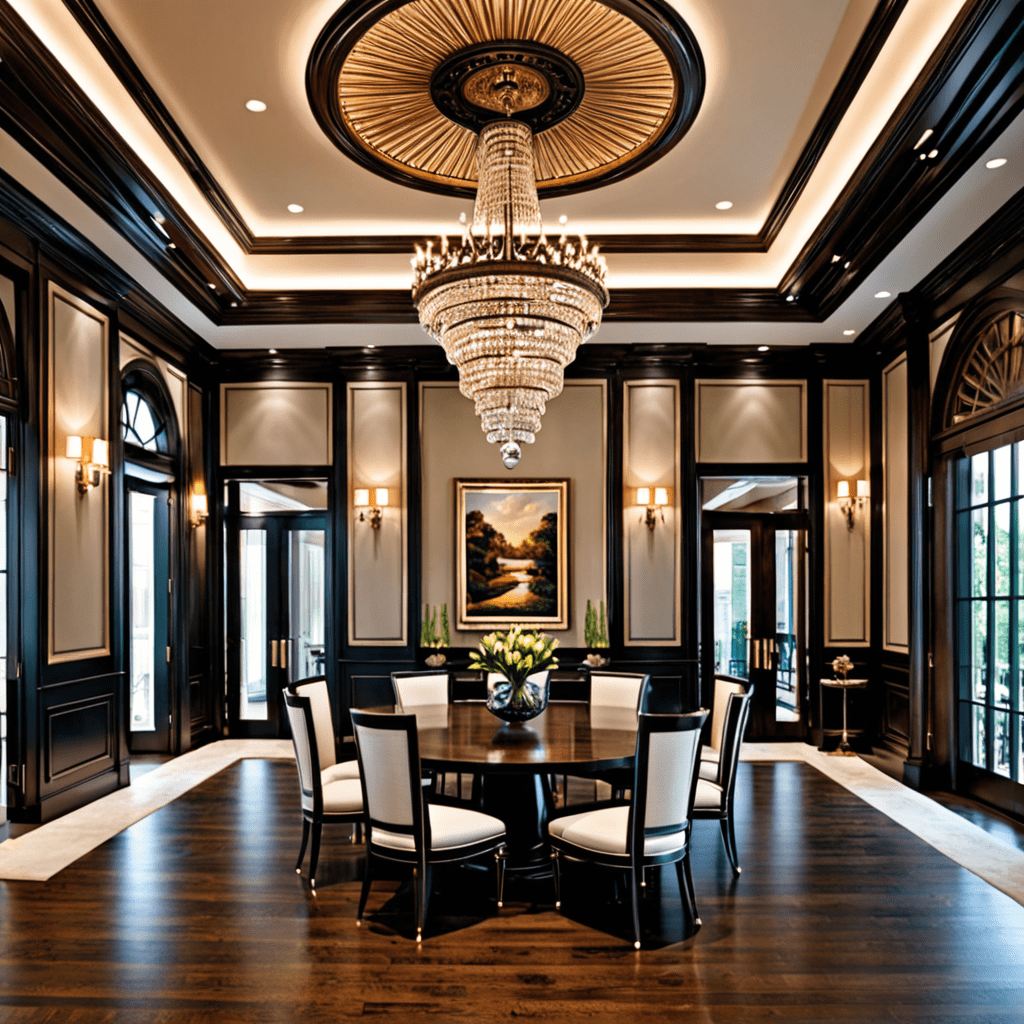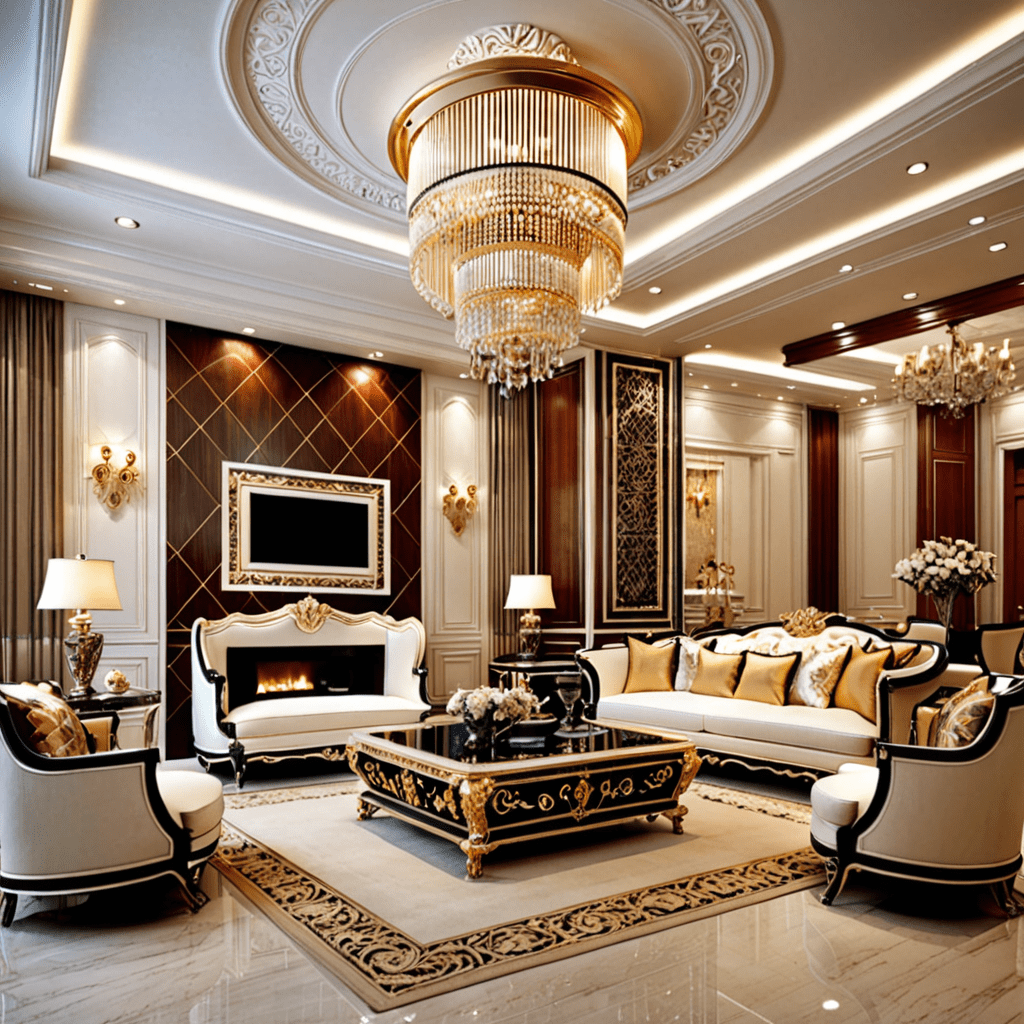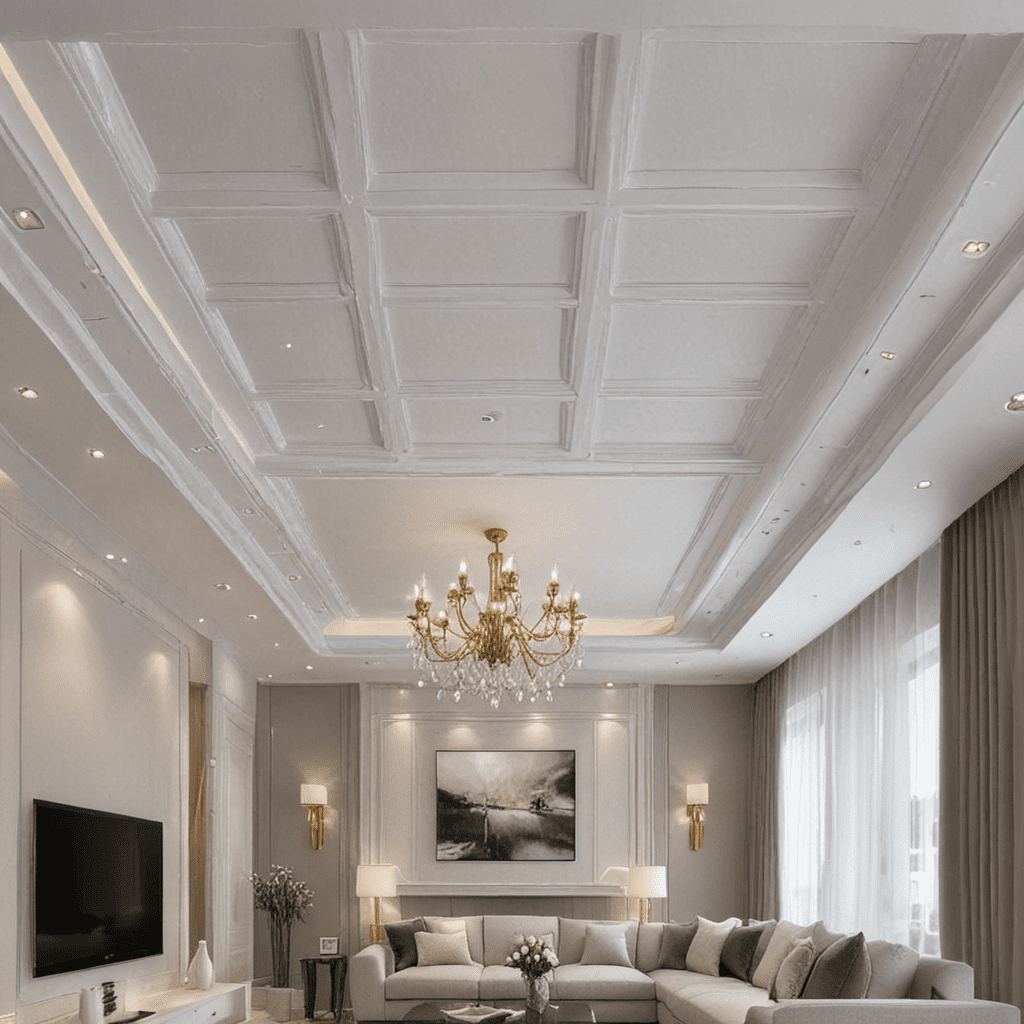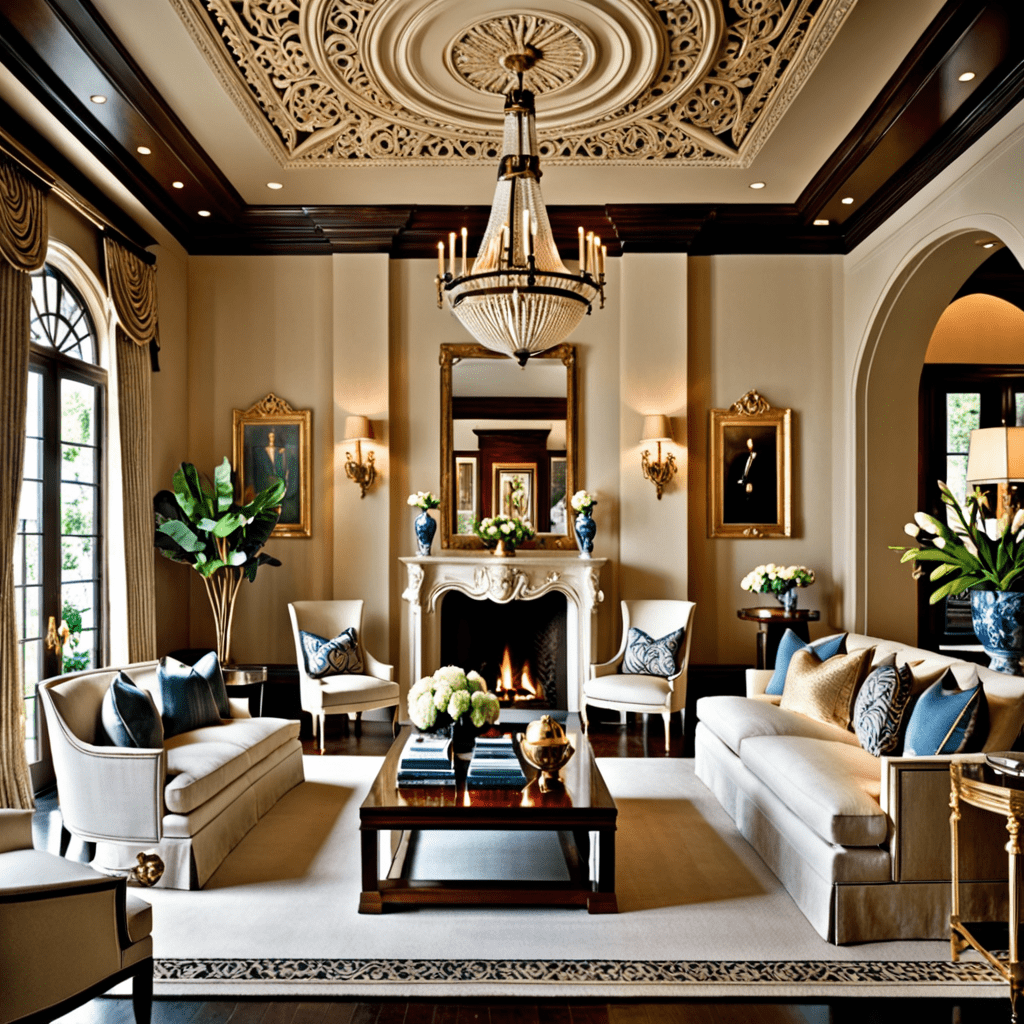Vintage Accents: A Guide to Decorating with Vintage Pieces
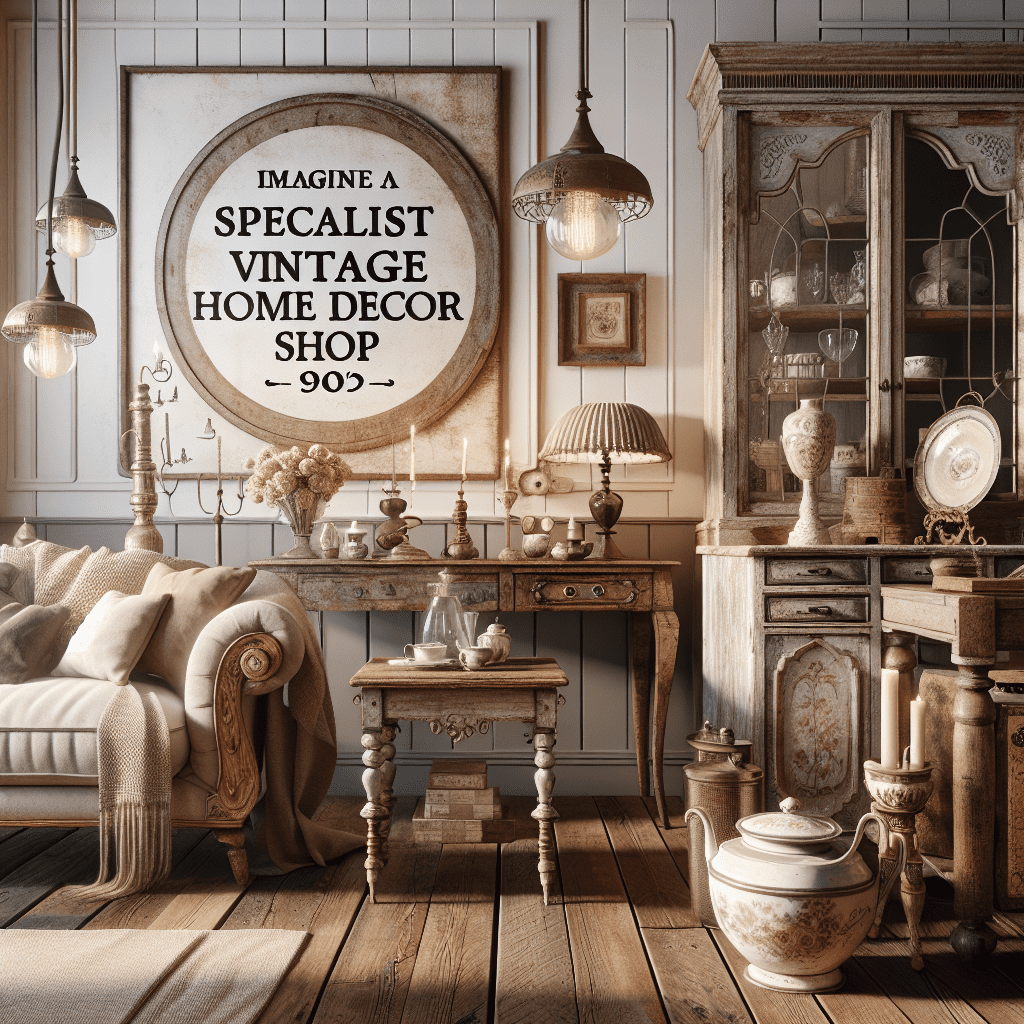

Vintage Accents: A Guide to Decorating with Vintage Pieces
Introduction
The spaces we inhabit are more than just physical locations—they are the backdrop of our daily lives, echoing our tastes, memories, and personalities. Interior design is a crucial element in shaping these spaces, transforming them into comfortable and visually appealing environments. Among the myriad of design styles available, one that has stood the test of time with its charm is the incorporation of vintage accents. These timeworn treasures offer a glimpse into the past, conveying stories and character that new pieces often lack. Not only do they lend a distinctive flair, but vintage accents also promote sustainability by giving new life to previously loved items. In this guide, we’ll explore how to skillfully integrate vintage accents into modern homes, creating spaces that are both nostalgic and trendy.
Key Elements of Vintage Accents
When embracing vintage accents, a few key elements should be considered to achieve a harmonious look. Let’s delve into each of these:
- Color Palettes: Vintage pieces often come in colors that reflect the era they belong to. Pastel shades were popular in the 1950s, earthy tones in the 1970s, and bold hues in the 1980s. When selecting vintage accents, consider a color palette that complements your existing decor while also capturing the essence of the period.
Furniture Arrangement: Arranging furniture properly is essential for any well-designed space. With vintage pieces, aim for a balance that honors the timelessness of the items without making the room feel like a time capsule. A mix-and-match approach often works well, combining vintage with contemporary pieces to create an eclectic, yet cohesive, look.
Lighting: Lighting can dramatically affect the ambiance of a room. Vintage lighting fixtures, such as mid-century modern chandeliers or Art Deco lamps, can serve as focal points and infuse the space with a warm, inviting glow. Pay attention to the placement and type of bulbs to ensure they enhance the vintage appeal while providing adequate illumination.
Accessories: Accessories are the finishing touches that tie the design together. Scatter vintage accessories throughout the space, such as antique mirrors, classic artwork, or retro knick-knacks. Be mindful of overaccessorizing, as too many items can create a cluttered appearance.
Tips for Vintage Accents
When incorporating vintage elements into your decor, keep in mind the following tips:
- Scale and Proportion:
- Ensure the size of your vintage furniture is appropriate for the room. A large, ornate armoire may overwhelm a small space, whereas a petite side table could be lost in a vast living area.
- Condition and Comfort:
- Select pieces that are in good condition or can be easily restored. Remember, comfort should not be sacrificed for style; choose seating that is both aesthetically pleasing and cozy.
- Period Mixing:
- Don’t be afraid to mix items from different eras. A Victorian side table can pair beautifully with a mid-century modern sofa, as long as there is a common thread, such as color or material, that unites them.
- Functionality:
- Consider the practicality of each vintage item. A stunning vintage desk not only adds character but also serves as a functional workspace.
FAQ about Vintage Accents
What is the best way to incorporate vintage accents into a modern setting?
– Answer: Start with neutral modern basics and introduce vintage accents through statement pieces, such as a retro armchair or a vintage rug. Use colors and textures to bridge the gap between old and new, creating a seamless blend of styles.
How do I know if a vintage piece is worth investing in?
– Answer: Assess the quality of craftsmanship, the condition of the item, and its potential for appreciation in value. Pieces from reputable brands or renowned designers are often good investments. Researching the history and rarity of the piece can also guide your decision.
Can vintage accents work in any room of the house?
– Answer: Absolutely! Vintage accents can enhance any area, from the living room to the bedroom. The key is selecting pieces that complement the function of the space. For example, a vintage vanity adds charm to a bedroom, while a retro bar cart is a delightful addition to a dining area.
Is it okay to mix different wood finishes with vintage furniture?
– Answer: Mixing wood finishes can add depth and interest to your space. Aim for a balanced look by repeating each finish at least twice in the room and ensure that the undertones of the wood (warm or cool) harmonize with the overall color scheme.
How do I maintain and care for vintage furniture?
– Answer: Vintage furniture requires special consideration. Use gentle cleansers and avoid harsh chemicals that can damage original finishes. Regular dusting and occasional polishing with appropriate products will keep wooden pieces in good condition. For upholstered items, professional cleaning may be necessary to preserve delicate fabrics.
Embracing vintage accents in your home decor offers a world of possibilities. These pieces tell stories, add character, and create a sense of warmth that modern items can rarely replicate. With the right selection and styling, vintage accents can beautifully complement contemporary spaces, offering a glimpse into the past while remaining firmly rooted in the present.
